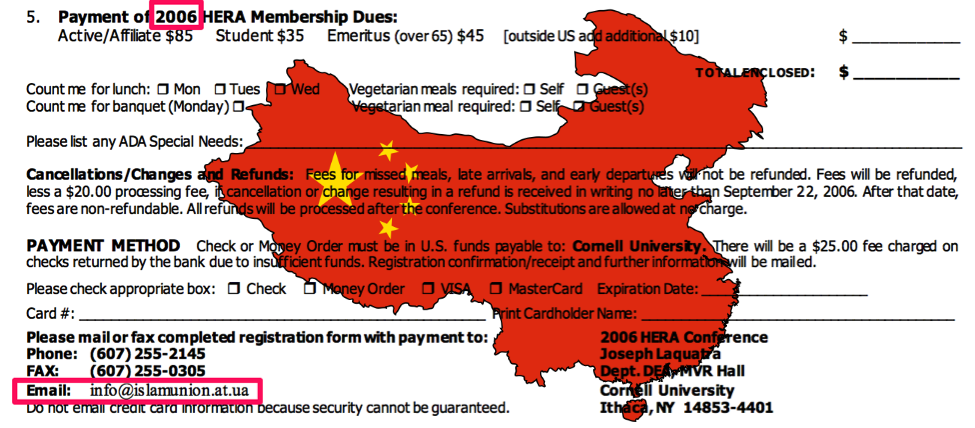

This program is a contemporary training that identifies emerging technologies and digital evidence encountered in today's criminal cases and arms you with the tools necessary to combat expert witnesses, prosecutorial overreach, and an uneducated judge and jury. Modern cases need modern defenses, and modern lawyers can't practice with an outdated playbook.

Modern Digital Evidence & Technologies in Criminal Cases.A Defender’s Guide to Federal Evidence is an indispensable tool in preparing a case for trial. The Guide contains multiple user-friendly flowcharts aimed at helping the criminal defense lawyer tackle evidence problems.
Computer espionage definition how to#
It also summarizes countless defense favorable cases and provides tips on how to avoid common evidentiary pitfalls. The Guide analyzes each Federal Rule of Evidence and outlines the main evidentiary issues that confront criminal defense lawyers. This Guide to Federal Evidence is the only federal evidence handbook written exclusively for criminal defense lawyers.
Computer espionage definition trial#

Intentionally Damaging by Knowing Transmission Provisions of the Computer Fraud & Abuse ActĪccessing a Computer and Obtaining InformationĪccessing a Computer to Defraud and Obtain Value Pending Legislation on Computer Crimes (Legislative tracking services returning soon).NACDL opposes any additional expansion of the CFAA and is actively working to reform the CFAA through amicus support, coalition building, and legislative advocacy.Īdditional information on the CFAA and NACDL's reform efforts are available at the hyperlinks below. NACDL supports wholesale reform of the CFAA and, in particular, believes violations of website terms of services should not be federal crimes.

The breadth and ambiguity of the CFAA are deeply troubling. With harsh penalty schemes and malleable provisions, it has become a tool ripe for abuse and use against nearly every aspect of computer activity. The CFAA prohibits intentionally accessing a computer without authorization or in excess of authorization, but fails to define what “without authorization” means. Over the years, it has been amended several times, most recently in 2008, to cover a broad range of conduct far beyond its original intent. The Computer Fraud and Abuse Act (CFAA) was enacted in 1986, as an amendment to the first federal computer fraud law, to address hacking. Over the course of thirty years, federal computer crimes went from non-existent to touching on every aspect of computer activity for intensive and occasional users alike. Increases in computer availability and mainstream usage, however, have propelled government regulation of computer conduct into overdrive. Perceptions concerning the role of technology in both traditional and high-tech criminal conduct prompted Congress to enact the first federal computer crime law thirty years ago. As technology advances, the use of the criminal law to regulate conduct using such technology also advances.


 0 kommentar(er)
0 kommentar(er)
